Dolphins
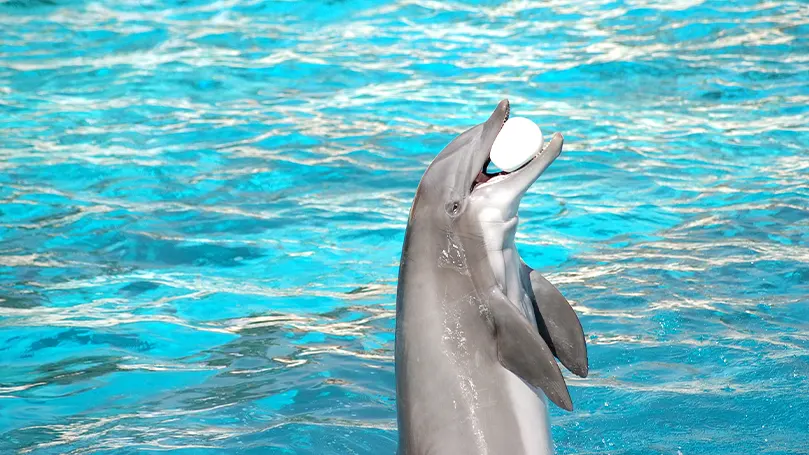
This is one of the more popular animal sleep facts, but it's still rather interesting. Namely, dolphins sleep by shutting off only half their brains so that the other half can keep them out of danger. By juggling brain activity in this way, they get all the rest they need while also avoiding potential threats as well as drowning.
And we really mean juggling, as dolphins will alternate which hemisphere is active during rest so that they can get proper sleep. Now imagine if humans could do this as well!
Birds
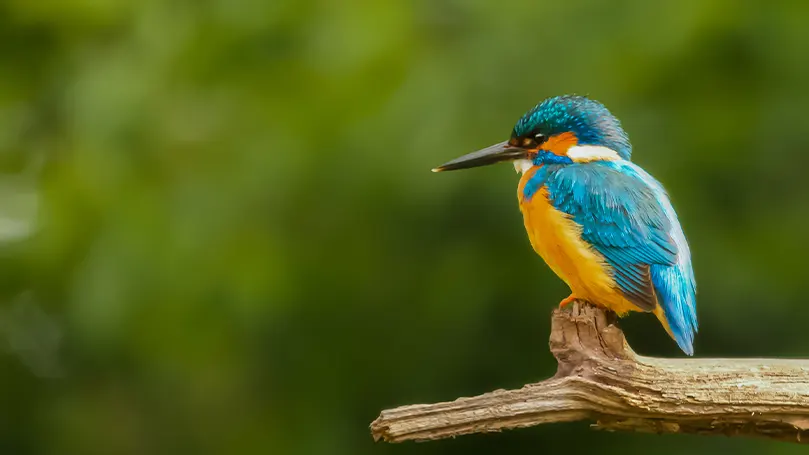
Just like dolphins, birds practice unihemispheric sleep and only switch off half of their brain. However, they have quite a few more tricks up their sleeve. For example, some birds (like ducks) sleep with one eye open, constantly looking out for predators.
Plus, they retain their muscle tone while sleeping, meaning that they can hang upside down or perch on thin branches while taking a nap. And if these unusual sleeping habits weren't enough, they also got the ability to enter torpor – a power-saving mode that slows bodily functions down in order to preserve energy.
Lastly, some bird species (namely those who spend a lot of time in the air) can even sleep while flying. This is mostly done by the bird getting some air and then gliding or by taking multiple small power naps.
Fruit flies
Believe it or not, the differences between how animals sleep compared to humans is at an all-time low when it comes to fruit flies. Just like humans, they sleep at night and raise when there's sunlight, and they sleep for about ten hours.
This means that flies basically have the sleep schedule most people could only dream of. And it also explains how fruit flies have the energy to buzz around your face for five hours.
Hamsters
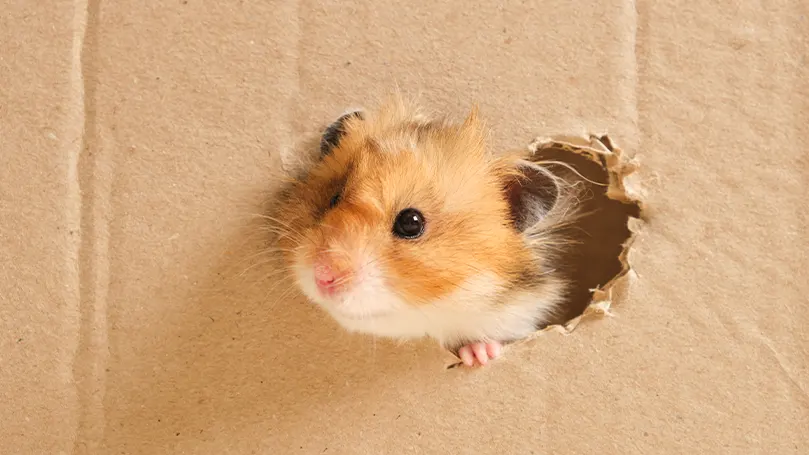
If you ever had a pet hamster (or some other rodent), you might have seen them kicking their legs and flinching their whiskers while they sleep. This is because some rodents can actually experience REM sleep and dream!
We still can't tell whether they are comparable to human dreams, however. What we do know is that they can even have nightmares and will make the most adorable sounds while having them.
Frogs
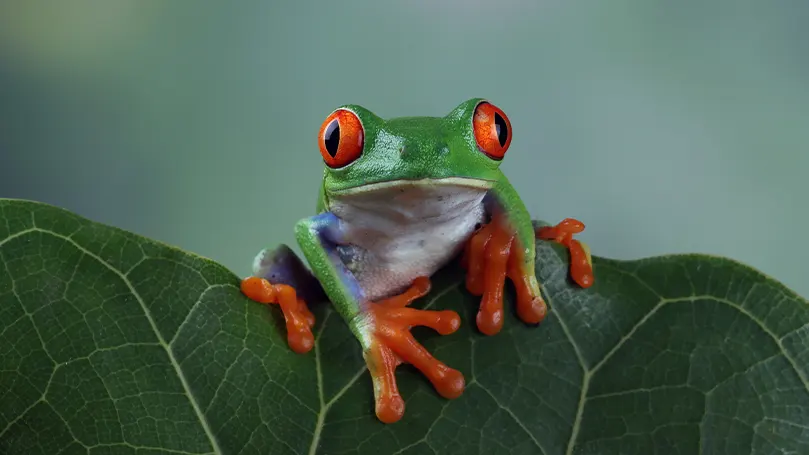
By all accounts, frogs are just baffling. Not only are they hibernating animals that can snooze through the winter but they can even achieve a similar feat during the summer. And if that wasn't odd enough, when they are actually active, we can't even tell if they're actually sleeping.
For example, it was observed by scientists that bullfrogs have the same response time regardless of whether it seems like it's sleeping or not. This then leads them to question whether frogs need a good night's sleep at all.
Walruses
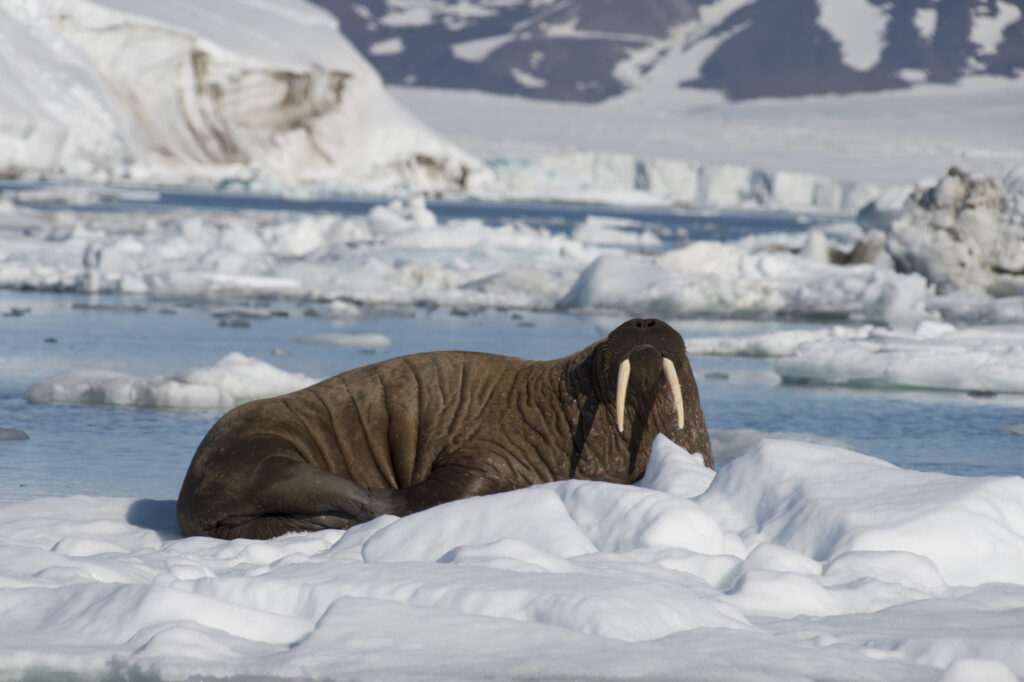
Although a walruses' sleep habits aren't as odd as the other animals mentioned so far, we have to give them props for their ingenuity. If they want to take a nap, they can either fill their pouches with air and float atop the water or even go for an underwater snooze for a few minutes.
But if they want the benefits of deep sleep, they sink their tusks into ice in order to stay afloat and sleep for up to 19 hours! Not to mention that they also don't seem to need sleep every night like other mammals.
Little brown bats
By all accounts, the way brown bats sleep is something most of us would be jealous of. This is because these nightmare-inducing creatures can sleep up to 20 hours a day. Not to mention that they also sleep upside down.
And despite all this, nature still deemed that they don't get enough rest – so, they also hibernate during the winter. So, it's safe to say that these winged animals sleep like royalty.
Sea otters
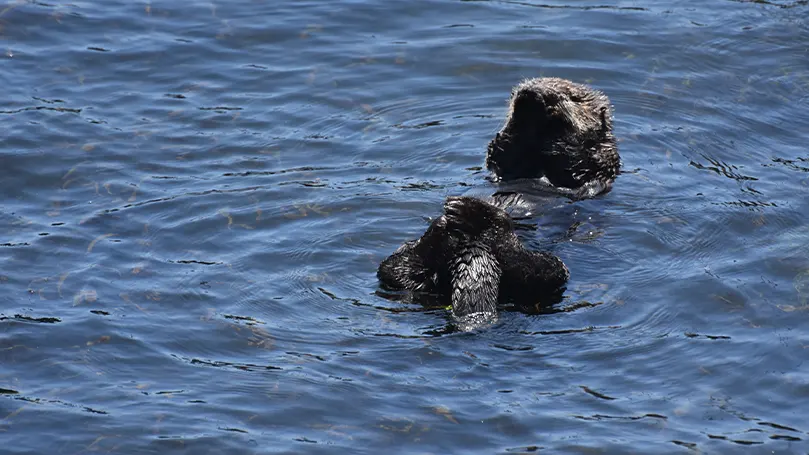
If you've ever seen how sea otters sleep, you already know that it's the cutest thing on the planet. This is because two otters will frequently hold hands while they sleep so that they don't drift away from each other during the night.
They also entangle themselves in seaweed and kelp for the same reason but the hand-holding is a lot more interesting. Why haven't we reached the point where humans sleep like this as well, is a question worth pondering.
Elephants
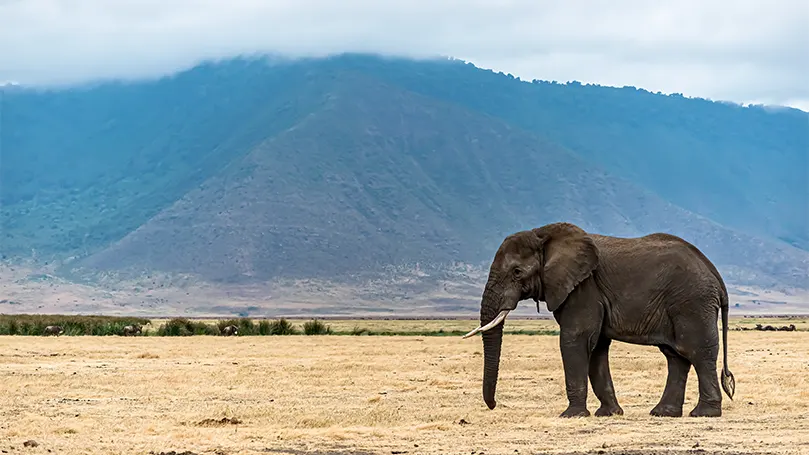
If brown bats are what we want to be, elephants are what we often end up being. This is because elephants in the wild only sleep for a few minutes at a time adding up to about two hours total.
On top of this, they also sleep standing up, so, they can't even get comfortable for those few minutes. Horses also practice this stand-up routine, although they sometimes lay down, as sleeping standing up doesn't exactly allow for REM sleep.
Fish
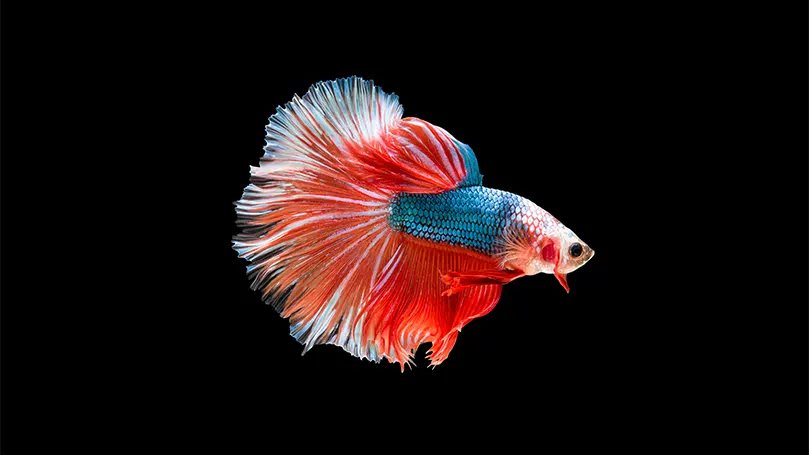
When it comes to how fish sleep, it's spectacularly unspectacular. For one, unlike humans whose brain sleeps at points during the night, fish rest in suspended animation and are still somewhat aware of their surroundings.
And considering that they also don't have eyelids (for the most part), the only difference between their “sleeping” phase and awake phase is the amount of movement. In other words, it's more like a daydream than anything else.
Lastly, some fish species (like parrotfish and wrasse) make mucus bubble sleeping bags while resting. Although it might sound gross, this protects them from certain parasites, so it was a necessary sleeping arrangement.
Giraffes
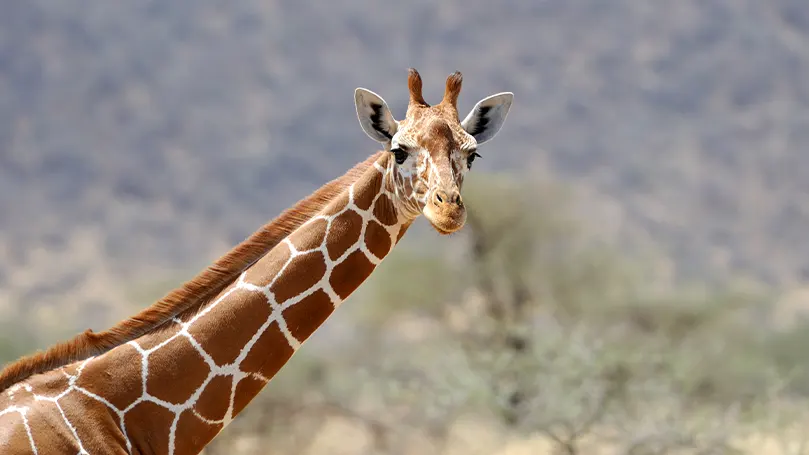
Just like elephants, giraffes sleep for a very short amount of time – usually taking quick power naps throughout the day with the sum total being between 2-5 hours. However, this isn't the fascinating part.
What is fascinating is that they'll occasionally lie down, bend their neck and use their own rump as a pillow. We can't tell whether it's as good as a memory foam pillow but they definitely look comfortable.
Snails
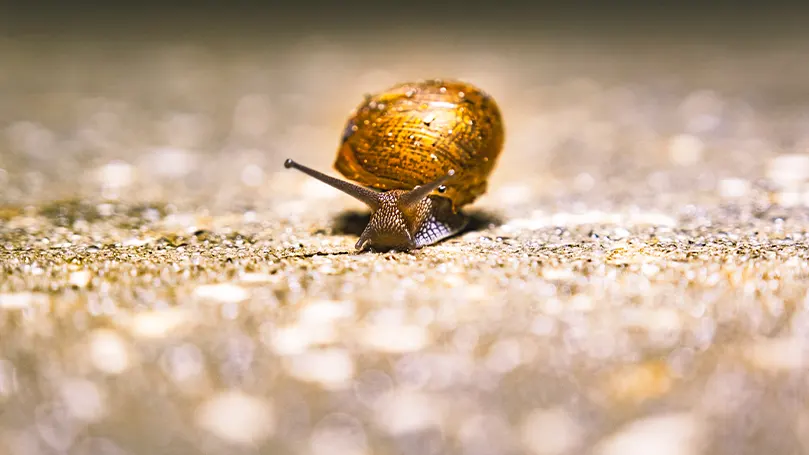
Considering the fact that snails are one of the few animals with a house on their back, you'd expect them to value their beauty sleep. And you'd be more right than you could even imagine.
In 1846 the British museum decided to showcase a certain Egyptian desert snail that had supposedly died while being transported. And for 5 entire years, everything went according to plan. But it then decided to wake up and leave.
Not only does this make every other animal look like they have poor sleep quality and a pitiable sleep duration but we'd also like to believe at least one person felt like they were living in the Night at the Museum world for a second.
Owls
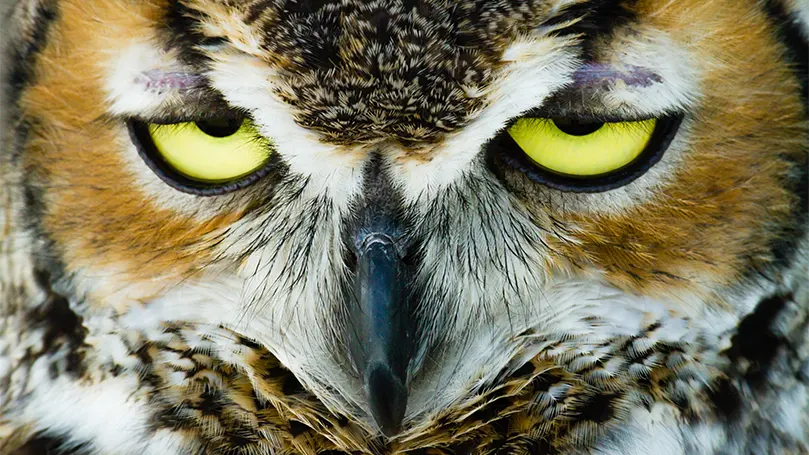
When adult owl sleep, they look majestic and like a true predator. But when baby owls sleep, it's one of the most adorable things you've ever seen. This is because, just like human babies, little owls can't support the weight of their heads.
So, they'll either latch onto something with their talons and then lean on a tree/their siblings or just lie face down on the floor. The latter situation is both the funniest and cutest thing you can see.
Whales
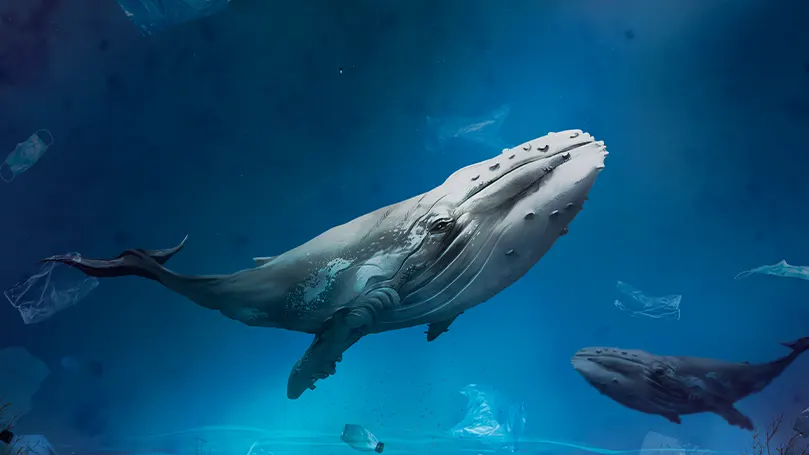
Seeing a group of whales sleeping is probably the strangest thing you can experience on the open sea. This is because these marine titans will usually bob near the surface of the water in a vertical position while catching some ZZZs.
And during this time, they won't react to loud sounds or even boats that are nearby. But if you happen to bump into one thinking that it had died, you are in for the scare of your life.
Sharks
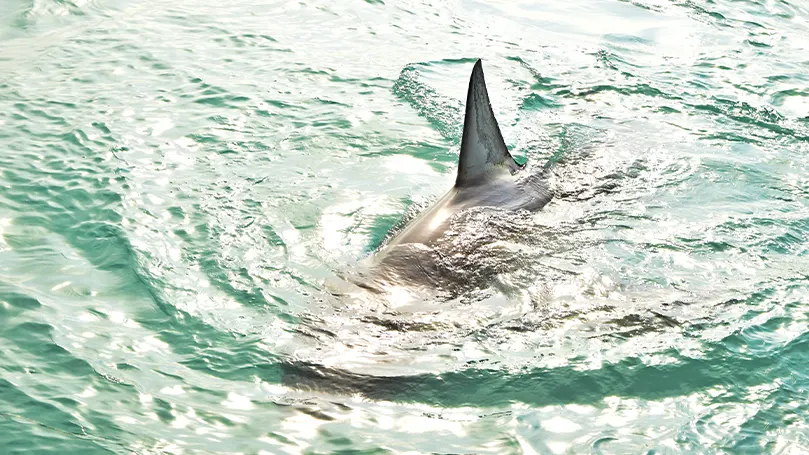
If you ever fell down the rabbit hole of animal facts, you probably know that some shark species have to keep swimming in order to breathe. So, what do you think, how do they sleep then?
Well, the answer is both simple and brilliant. Acting like giant apex YoYos, sharks will swim up, go to sleep, and then rest while their body naturally glides down through the water. But when they get too low, they wake up and repeat the process from scratch. And is there a better way to round off these animal sleep facts than with this surprisingly goofy habit?
Conclusion
And that wraps up our favourite animal sleeping facts! As you can see, catching ZZZs in the animal kingdom can be quite different than in our cosy little bedrooms. Which animal sleeping fact was your favourite? Let us know in the comment section!

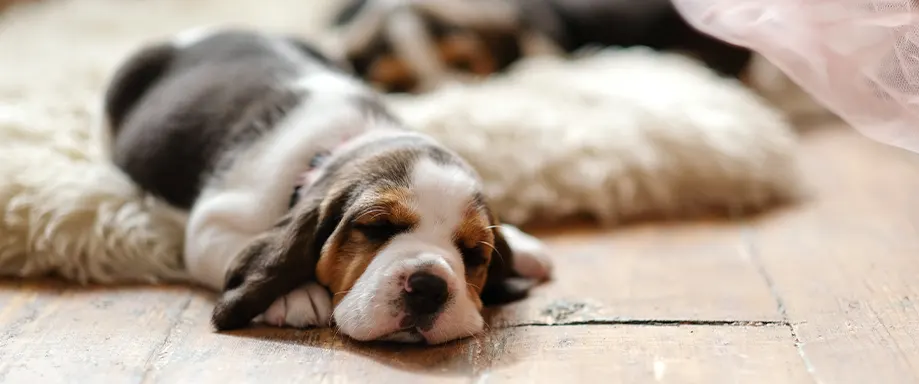











There are no comments yet
"*" indicates required fields